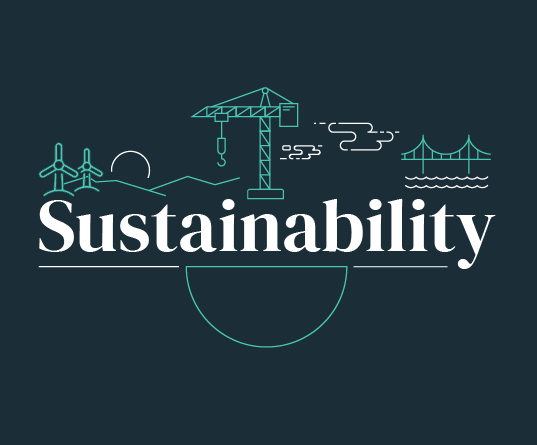Our Zero Carbon Construction Site Diary
Balfour Beatty has set out a Roadmap to delivering a zero carbon construction site which we are trialling on a live site - the Royal Botanic Garden Edinburgh.
Working via the SCAPE Civil Engineering Scotland framework with our customer, the Royal Botanic Garden Edinburgh and our supply chain partners, on this scheme (which is part-funded by the National Lottery Heritage Fund), we’re examining every element of the project to find lower carbon options and solutions – integrating carbon into our decision-making and making it a priority alongside cost, quality, time and safety.
Previous ‘net zero’ sites have focused only on scope 1 and 2 emissions and incorporated carbon offsetting measures.
Our aim is to work through what it would take to go well beyond this and achieve a zero carbon construction site, taking into account all the elements that go into creating the infrastructure we deliver - from the materials used, the logistics of transporting people, plant and products to and from the site and all the activities that take place on site during construction up until handover - acknowledging that there are some areas outside our control where we have limited influence.
Whilst as of today we aren’t yet in the position to roll out a zero carbon construction site, we already know that to meet our pathway to Net Zero by 2050 target as set out in Balfour Beatty's Sustainability Strategy, Building New Futures, and to play our part in decarbonising the construction and infrastructure sector, we need to start pushing the envelope and have the breakthrough debates now. Our Roadmap towards a zero carbon construction site, sets out the scale of our ambition and how we will go about delivering it.
We want to spur others across the global industry to follow our example, which is why we will document all of our progress and the obstacles we come up against, we will share our learning as we go in our diary. Because it’s only by collaborating and replicating successes at scale, that we will shift the dial on decarbonising construction as a whole, with the massive potential that will unlock.
We'll also be posting regular progress updates on LinkedIn, X, Facebook and Instagram.

